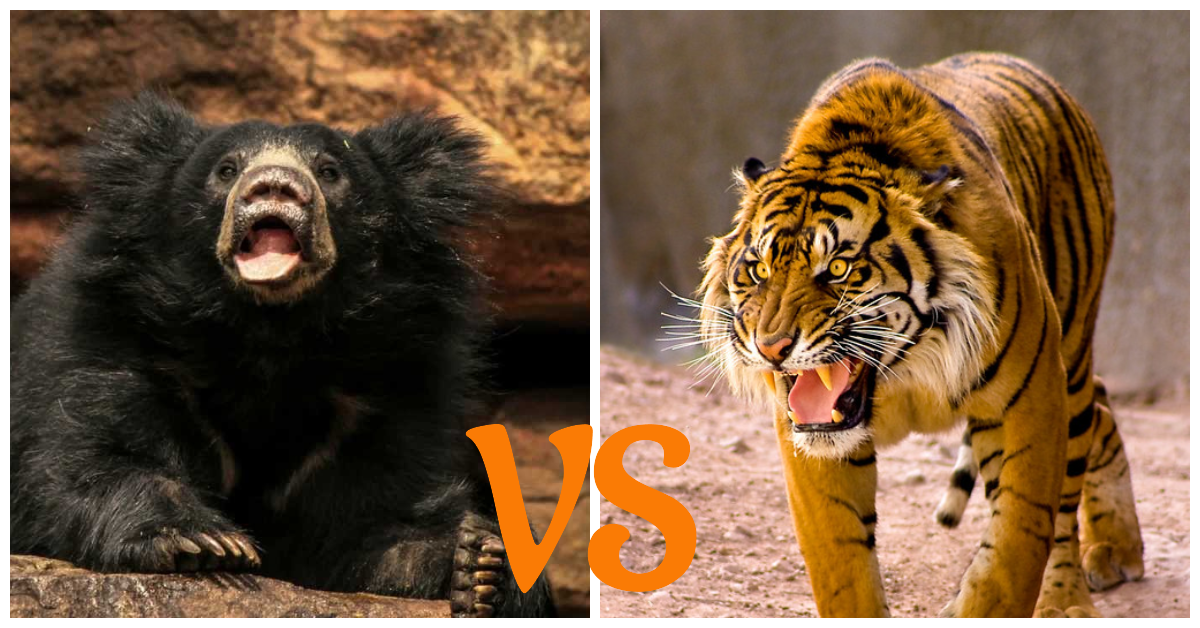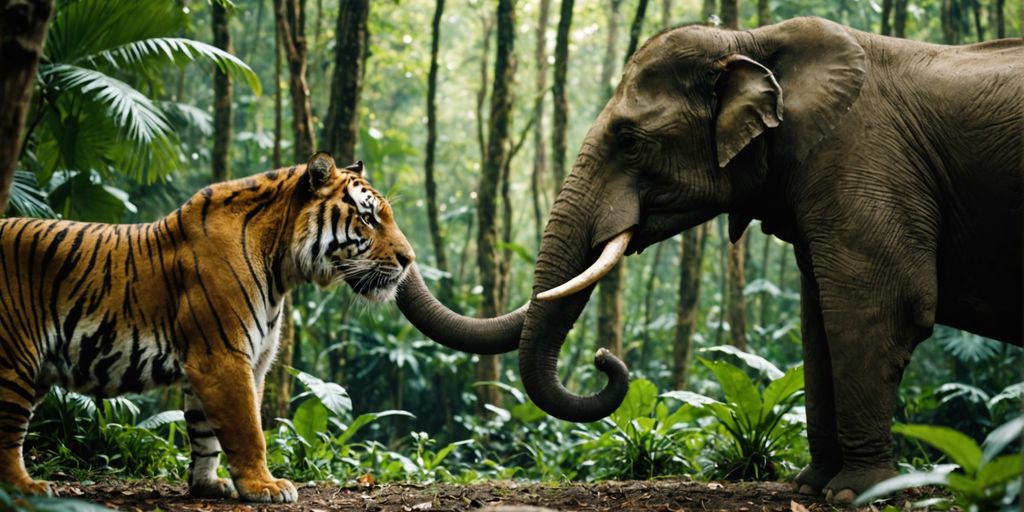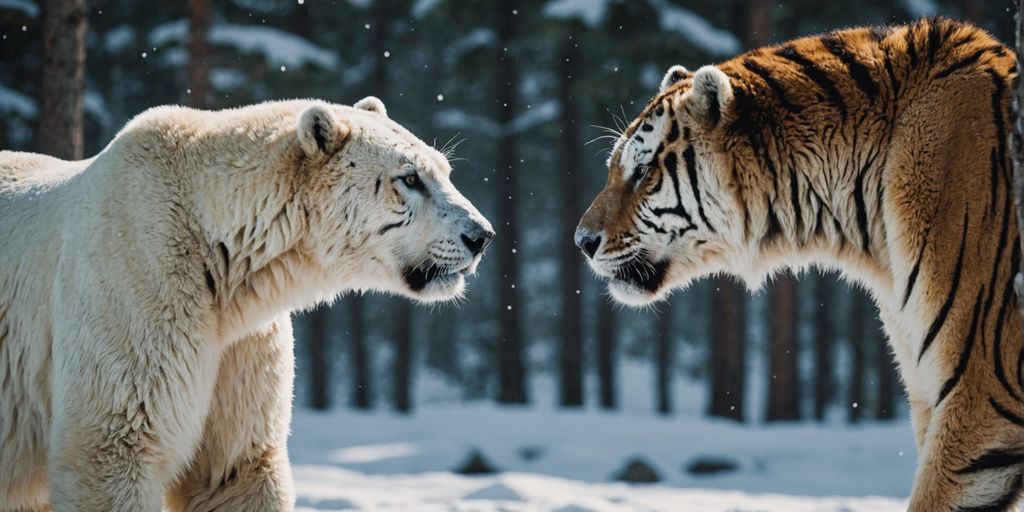Your Cart is Empty
🙏HELP US SAVE TIGERS!🐅 WE DONATE 1% OF OUR SALES TO WILDLIFE ORGANIZATIONS ( WWF ...)
Menu

🙏HELP US SAVE TIGERS!🐅 WE DONATE 1% OF OUR SALES TO WILDLIFE ORGANIZATIONS ( WWF ...)
What is a White Tiger?
May 28, 2021 5 min read

An animal that has become almost more famous than the "classic" Tiger, the White Tiger has earned its reputation as a supernatural beauty thanks to the magnificent color of its coat.
But its history, as well as its way of life, are still very unknown to the general public. Moreover, the received ideas, as well as the information which circulate on its subject, are still very often erroneous. Because the truth is much less attractive than the dream sold by the animal parks, they hide many things for different reasons that we will discuss at the end of the article.
That's why today, Tiger-Universe has prepared a small guide summarizing all the things you need to know about this snow-white feline!
To make your mouth water, you should know that the color of its coat is not due to a genetic evolution allowing it to better camouflage itself in the snow. We will explain to you later the phenomenon that illustrates this Royal Tiger's whiteness.
Do you follow us?
Information about the Royal White Tiger
1) Where does the White Tiger live?

Nowadays, the white Tiger lives only in captivity in zoos. But there was a time when they lived in small groups on the Indian territory. The White Tiger is a Bengal Tiger with a genetic mutation, which explains why its environment is located in India.
Concerning the reserves of White Tigers, they are numerous. It is considered that there are about a hundred white tigers in different parks and zoos around the world.
The reserves try as much as possible to preserve this "species" because its popularity allows it to attract many visitors. White Tigers are therefore becoming real icons, which is why they are also called "Royal White Tigers."
2) What does the Royal Tiger eat?
The White Tiger eats the same food as its more traditionally coated counterparts. In terms of diet, the Tiger is not picky as it can eat any meat.
However, the fact that the White Tiger exists only in captivity forces zoos to give it a particular diet. Depending on the geographical area of the park, it can eat chickens, beef, and even goats. But its preferred food remains chitals and sambars; some reserves try to keep their eating habits.
Some Indian reserves even force him to hunt his food to re-establish him in the wild. This fight is lost because the Tiger could not hunt by himself with such a light coat. Moreover, today's herbivores are much more wary and scarce in number than 100 years ago. The White Tiger is therefore destined to live in captivity.
3) Genetic problems

The Royal Tiger is larger than the other Tigers. This can be mainly explained by the various crosses made with the Siberian Tiger (the largest Tiger species) to obtain the enormous possible beast. Playing with genetics in this way causes real problems.
First of all, the White Tiger is not an albino because its mutation leaves it with black stripes, unlike albinos who see their coat become white. As you will have understood, the White Tiger is not a subspecies of Tiger, but rather a mutant Bengal Tiger! This means that the White Tiger "species" is not threatened with extinction as such.
However, the latter are confronted with many problems resulting from the inbreeding of the whole lineage. Indeed, the few hundred White Tigers on earth come without exception from the same father. This leads to a catastrophic genetic impoverishment causing an infant mortality rate of 80%! For the remaining 20%, almost all the Tigers are born with physical deformities or visual disorders like strabismus.
This genetic poverty means that the lineage is destined to die out one day or another without anything being done. This is why the extinction of the White Tiger, as an animal and not as a species, is publicized.
Check out our Tiger t-shirt collection right here. ⤵️
The History of the White Feline
1) Its discovery
The history of the White Tiger begins at the beginning of the 14th century. At that time, the first testimonies describing a beast with a white coat and resembling the Tiger began to be heard in India. These beast descriptions exist in written form, but a painting in the early 1600s depicts two of these majestic white cats.
Following these events, more and more white tigers began to be seen in the Indian region, even reaching the country's border! This period, which lasted until the 1900s, proves that the cat managed to survive in the wild for almost 400 years.
But its decline is close, it is like a victim of its success with the populations, and its number then drops drastically. Poachers killed it for the color of its unique skin, which they could resell at a fair price. In 1958, the last wild white Tiger was dead, putting an end to the mutant lineage as we know it.
This marked the end of the White Tiger in the wild, but a male captured in 1950 named Mohan is still alive. This one represents the last living white Tiger, so the zoo owners will do everything possible to ensure that he has offspring.
2) The expansion of the "species"

After many attempts with different Tigresses, they finally succeeded in giving birth to a female White Tiger. Once sexual maturity is reached, the owners will make her reproduce with her father in the hope of restarting the lineage.
They succeeded because about a hundred White Tigers are direct or indirect sons of Mohan. But isn't this rescue of the White Tigers a slow agony of the lineage? This is what we will see in the third and last part of the article.
The controversies about the animal
1) Misinformation
In the public eye, the survival of the White Tiger is a priority for the planet. But it is essential to know that its conservation has no biological utility because it is neither more nor less than a Bengal Tiger in disguise!
Moreover, these white felines are unfortunately destined to disappear. With the totality being inbred, the genes will only be impoverished with time. There will come a day when 100% of the births will result in the death of the whole litter.
So why do we want to preserve a species that is already doomed? We will answer this question in the next point.
2) The commercial objective

It was pretty predictable, but the answer is money. Zoos and animal parks make a considerable profit from the presence of these Tigers in their enclosures. For more than 60 years now, this genetic relentlessness exists only for the profit of these companies. These companies have no qualms about lying to their public to increase their sales.
This is why our guide will end on this crucial point. You should no longer be fooled by the image of the cute little white tiger that must be saved at all costs. Despite itself, this "species" has been subjected to the greed of Man, who has decided to turn the animal into a fairground animal. It is not for nothing that zoos worldwide buy these Royal Tigers at a high price.
The wisest decision would be to take the best possible care of the last lineage members. But the most important thing would be to prevent them from reproducing. The goal would be to stop this genetic slaughter worthy of a Dr. Frankenstein invention.
"In the vast laboratory of genetics, the human being has lost his definition."
André Frossard
Also in Tiger Blog

Sloth Bear vs Tiger: Who Would Win?
July 13, 2024 7 min read
Explore the thrilling showdown between a sloth bear and a tiger, analyzing their strengths, behaviors, and survival tactics.
Read More
Tiger vs Elephant: Who Reigns Supreme in the Animal Kingdom?
July 13, 2024 7 min read
Explore why elephants usually triumph over tigers in the wild, highlighting their size, strength, and defensive prowess.
Read More
Epic Battle: Polar Bear vs Tiger, who win?
July 11, 2024 8 min read
Epic showdown: Polar Bear vs Tiger. Discover who would win in this thrilling battle of nature's fiercest predators.
Read More
